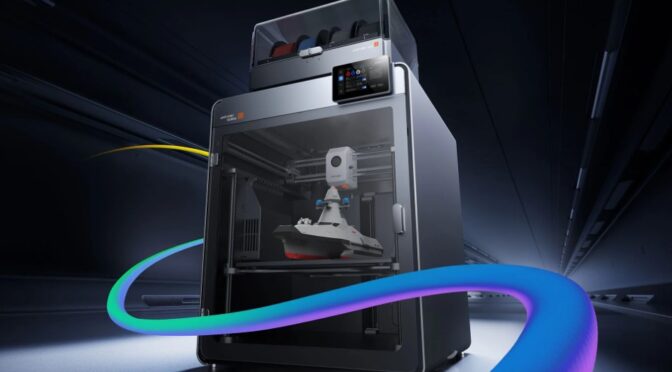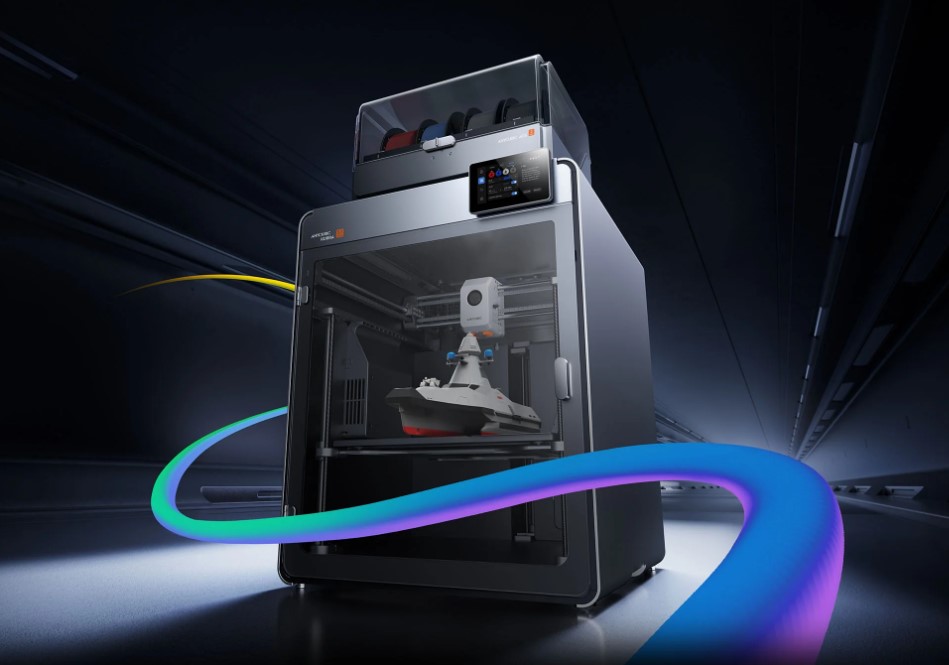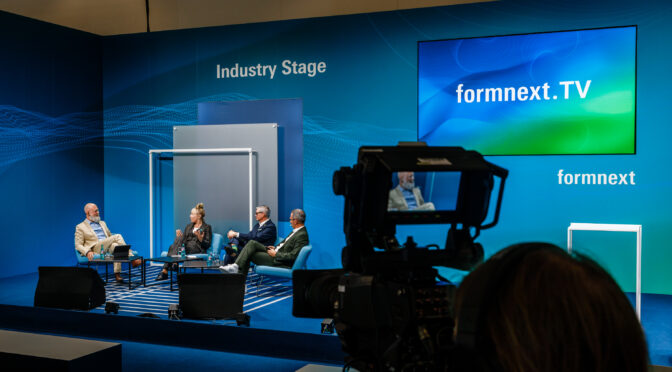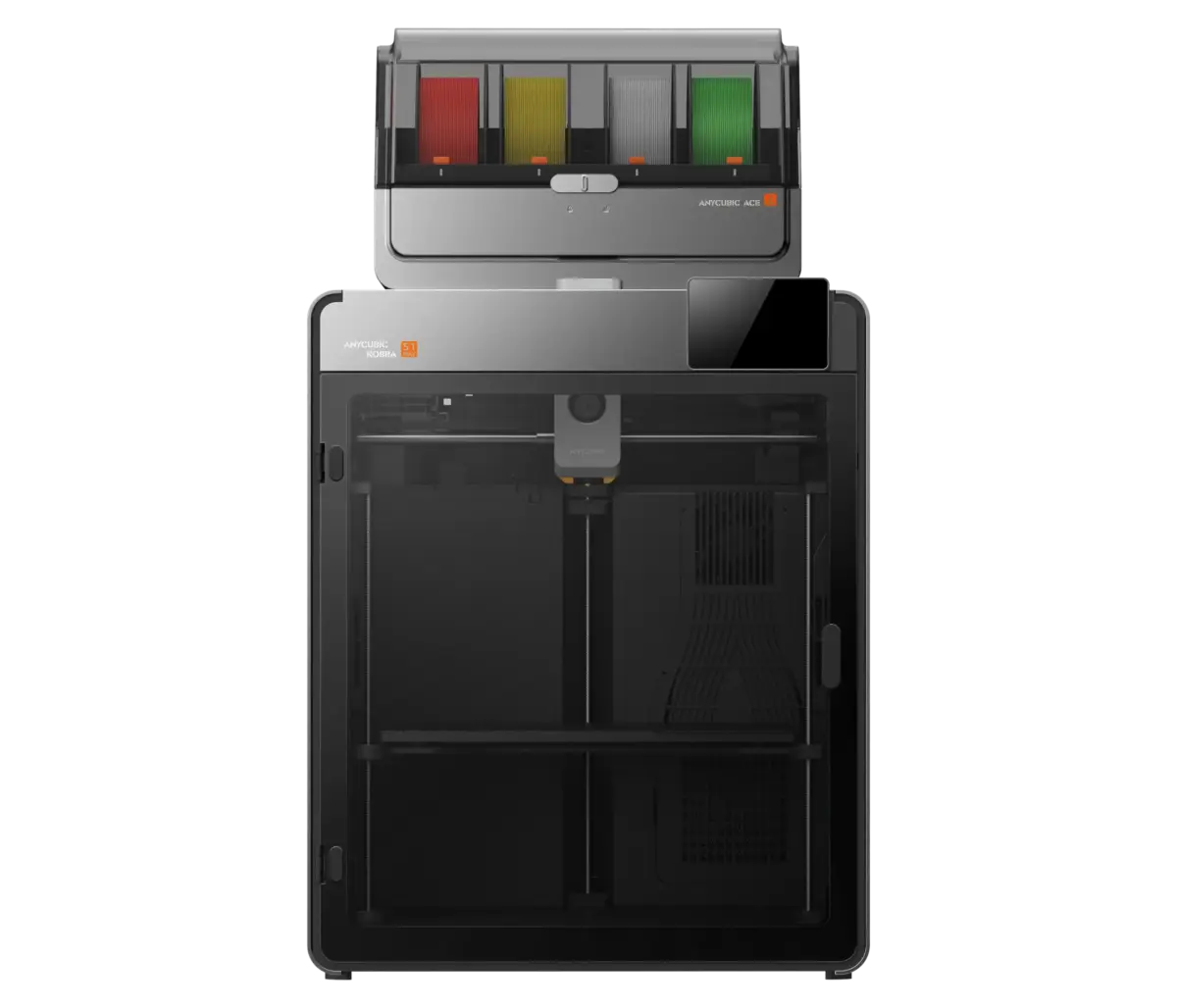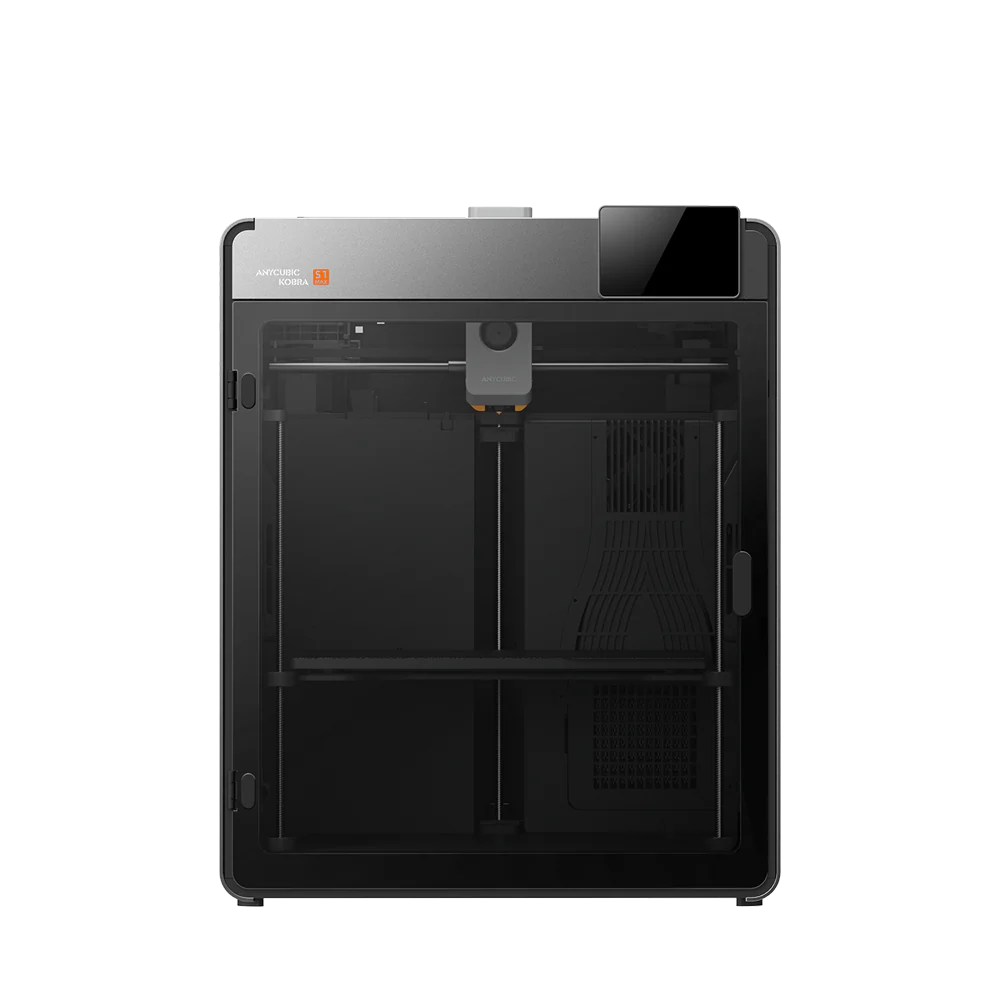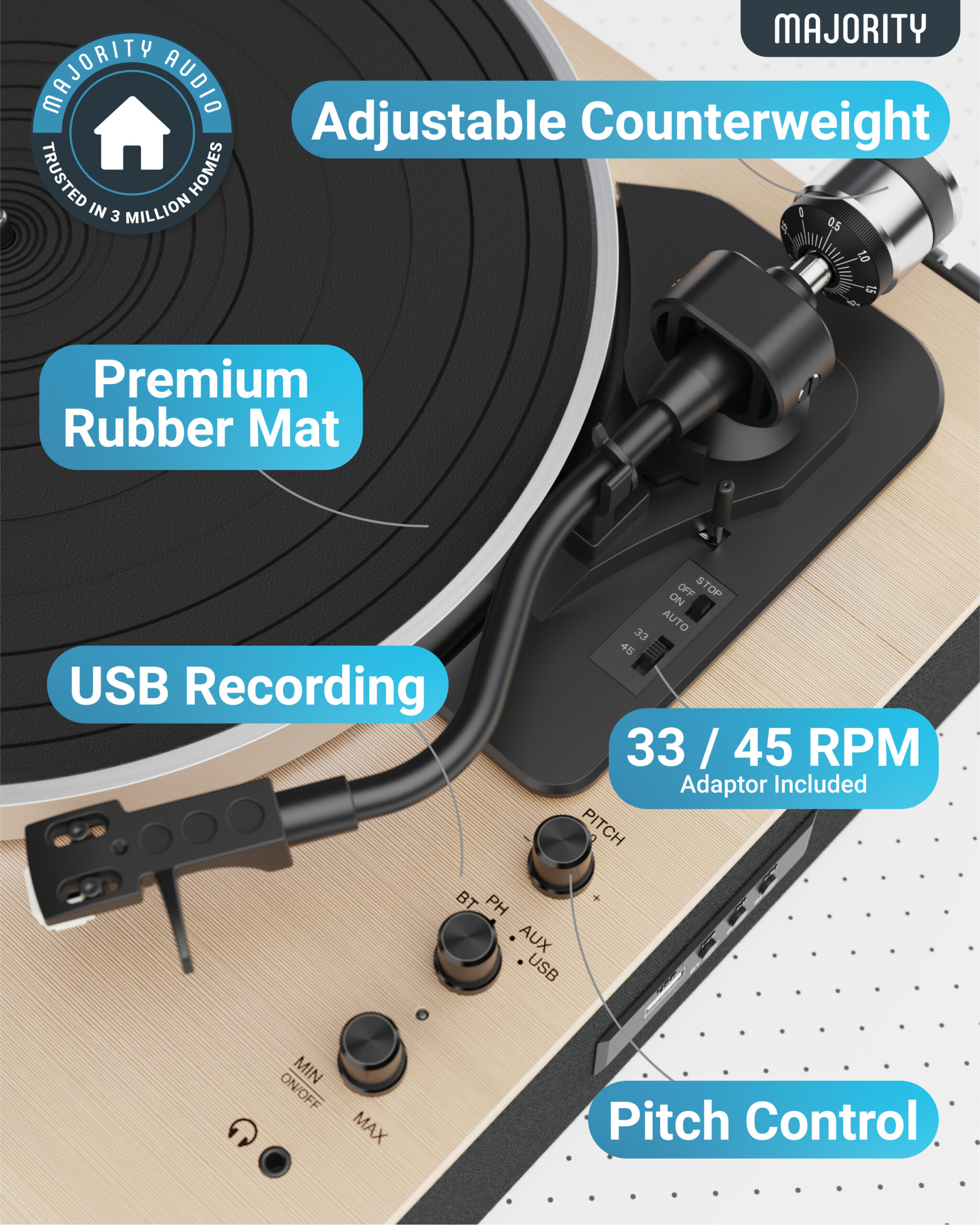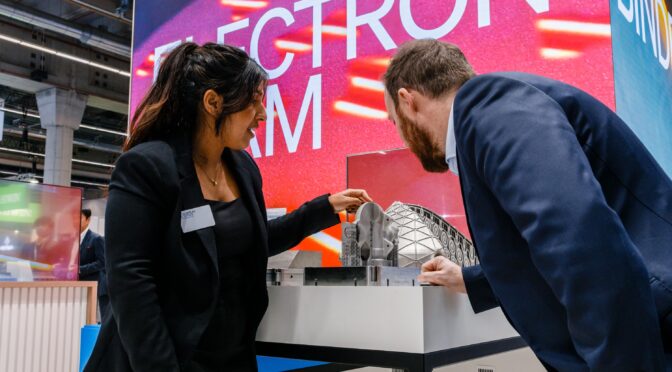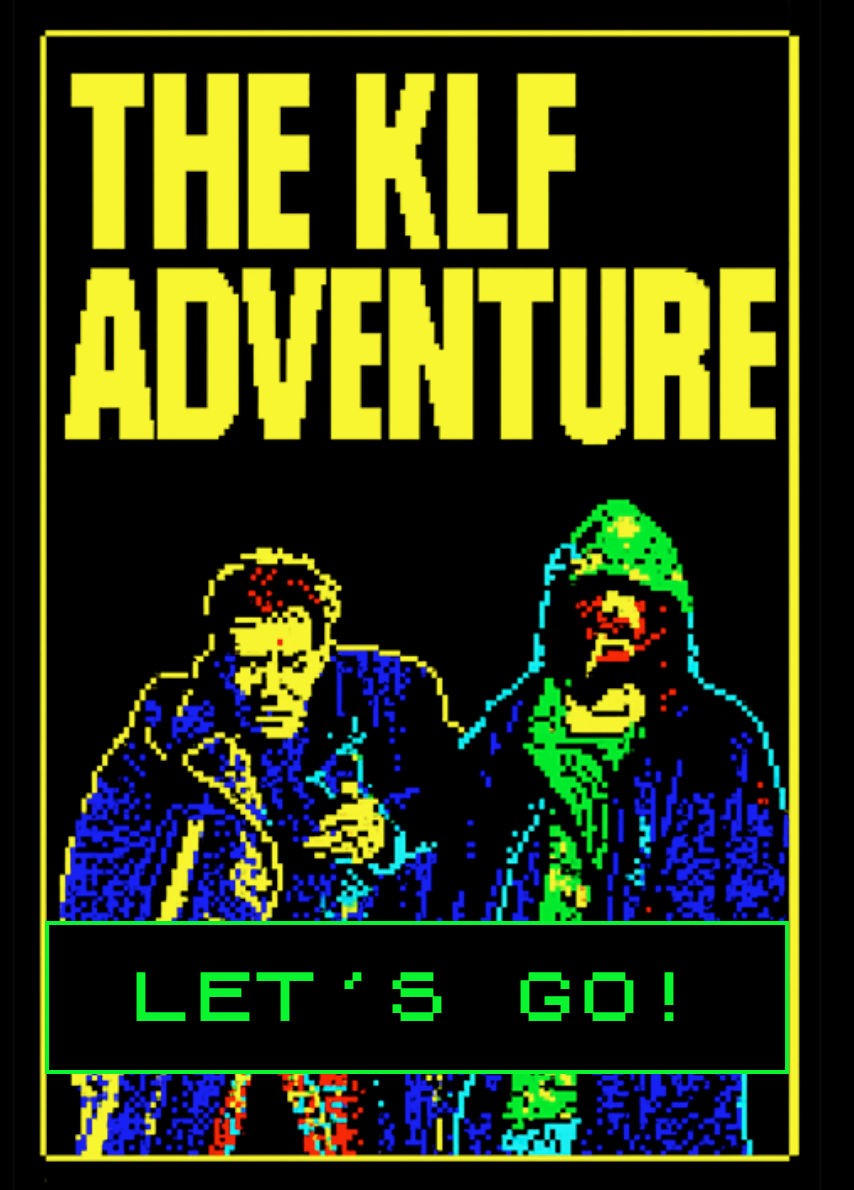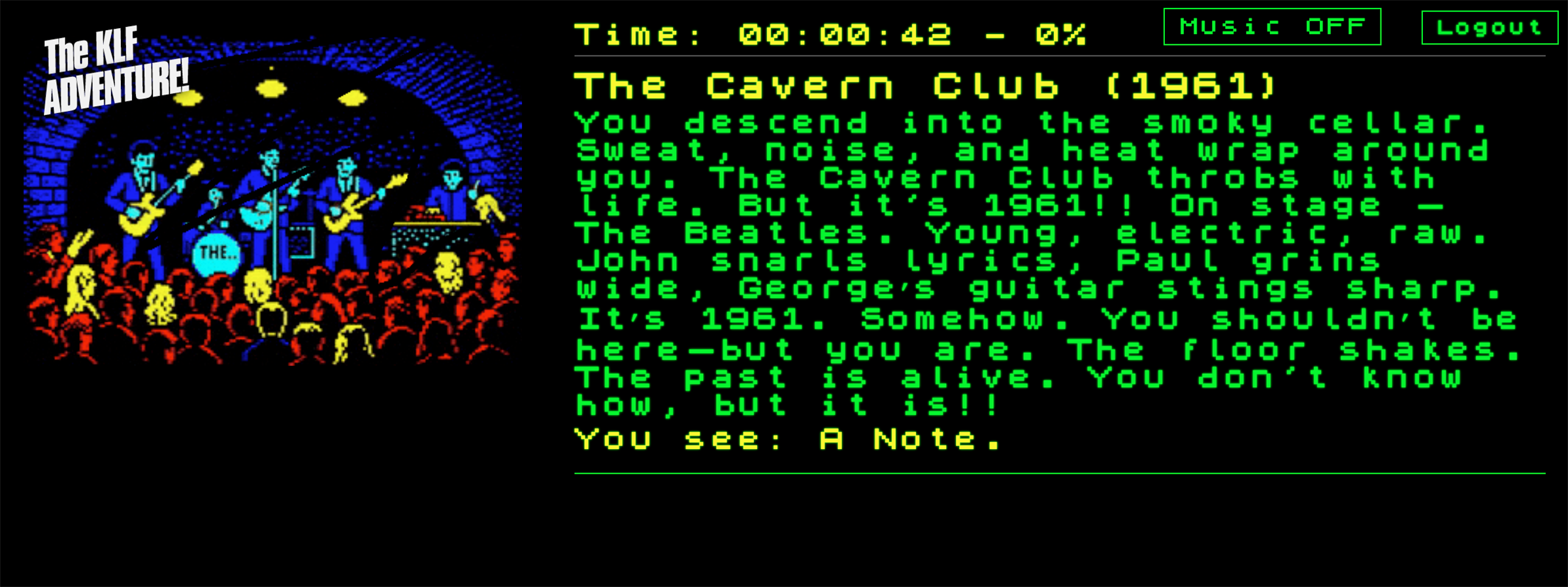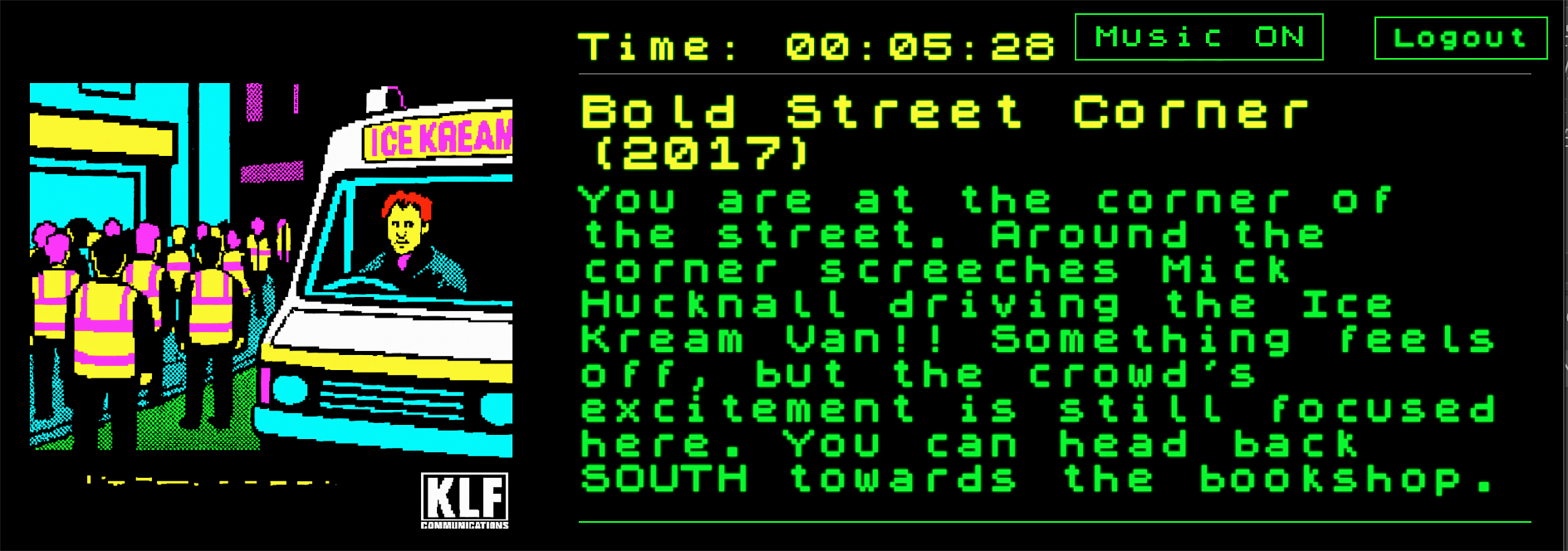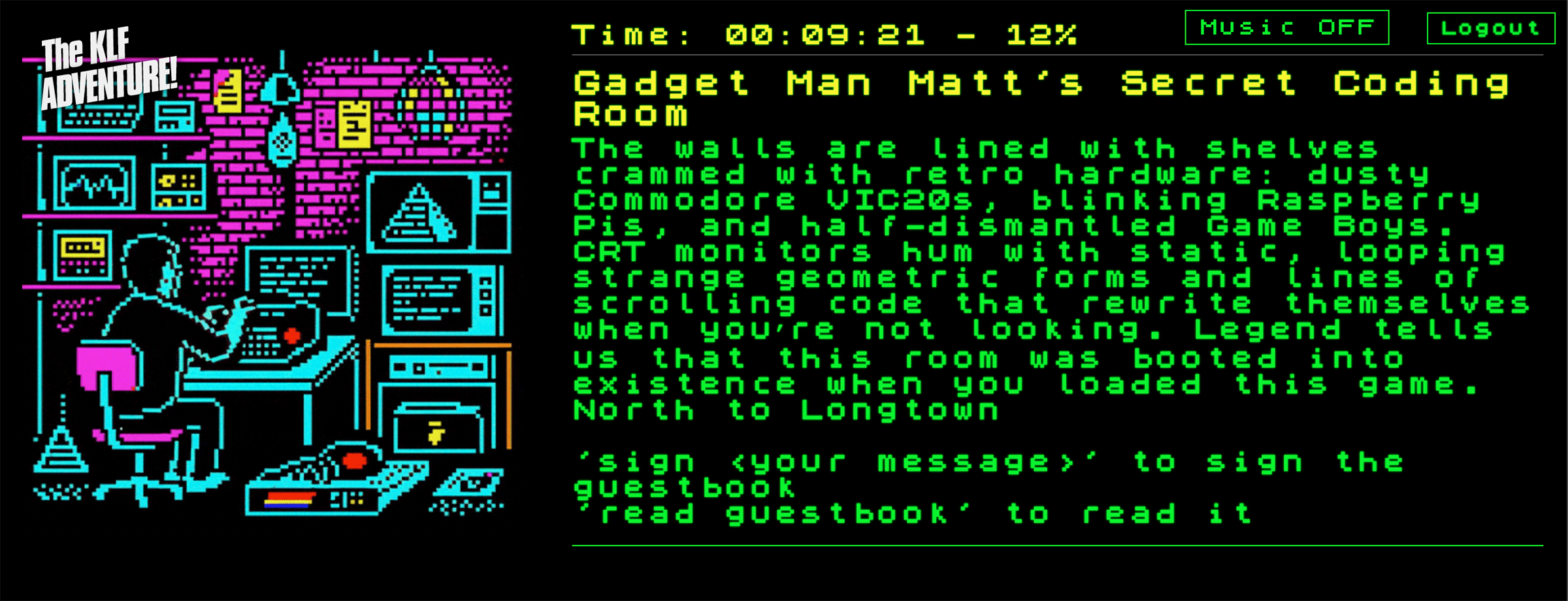Discover gifts that break the mould, a curated collection of inspired finds that mix innovation, nostalgia and pure fun. From character-led collectables to next-gen tech and design-driven home essentials, each product brings something special to the table, making it easy to find a thoughtful, memorable gift for every personality on your list.
Arlo Penguin Bestie Water Bottle – £29.99 Available from Suck UK

Add character to your routine! This adorable, insulated 450ml water bottle features a removable, collectable silicone character head, making hydration fun and playful. With double-wall vacuum insulation to keep drinks cold for 24 hours, it’s the perfect companion for any adventure.
Cable Guys Five Nights At Freddy’s, Freddy Controller Holder & Phone Stand £29.99

Welcome Freddy Fazbear into your world with this chillingly cool Cable Guy. Straight from the dark and thrilling world of Five Nights at Freddy’s, Freddy is here to guard your devices in true villainous style. With incredible detail and a mischievous vibe, this Cable Guy adds a touch of frightful fun to any space. Freddy holds remote controls, smartphones and gaming controllers,
Mindful Bath – £24.99 from Suck UK

Mello waterproof A5 notebook & incense. Put pencil to paper and let your thoughts and ideas flow in the steamy comfort of your own bathtub. Includes a 100% waterproof A5 notebook (no crinkled pages or slippery fingered accidents here!) and scented incense sticks and holder to get you in the perfect headspace
Plant With Willow Starter Pack – £34.99 Available from PlantWithWillow.co.uk

The Plant With Willow Starter Pack gives your houseplants a voice, quite literally. A discreet soil sensor tracks moisture, light, temperature and nutrients, sending real-time updates to your phone via a beautifully intuitive app. You’ll know when to water, when to feed, and when your monstera simply needs a moment in the sun.
Photo Creator Video Projector Camera – £69.99 from Smyths

With the 3-in-1 Video Projector Camera from Photo Creator, you can snap photos, shoot crisp HD video, project your creations in colour, and connect to cast your favourite content onto any surface! This exciting all-in-one device projects photos and videos from up to 4 metres, creating a big screen projection display up to 200 x 112cm, with adjustable focus to capture the perfect picture. Take 48MP photos and films crisp HD video on the 2.4 screen, with 27 fun effects, including digital frames and filters to personalise your work! With simple projection in bright, bold colour, this video projector camera offers endless creative fun, with a 16GB MicroSD card that lets you capture, save and share with friends and family. Connect devices wirelessly to cast your favourite content onto any surface for an even bigger viewing experience and home-projector fun
Care Bears Digital Pet – £20 from ThumbsUp.com

The Care Bears Digital Pet brings a nostalgic twist for kidults who grew up loving the bears. Relive the magic of the ‘80s with a pocket-sized digital companion. it’s a retro revival with a modern digital edge.
Krafted Couch Wireless Charger – £39.99 available from Kraftedtech.com

Meet the home essential you never knew you needed. Draping elegantly over the arm of your sofa, the Krafted Couch Charger brings effortless power to your favourite spot. Its sleek silicone finish grips gently in place while your phone recharges. A rare piece of tech that feels as good as it looks, and every bit as considered as a well-placed throw.
Warmies Gromit £29.99 from Warmies

From Wallace & Gromit, Warmies Gromit is a fully heatable soft toy that can be heated in a microwave to provide hours of soothing warmth and comfort. This luxuriously soft plush design is gently scented with relaxing lavender and can be reheated time and time again. Warmies® are weighted, warming, scented and super cuddly, making it an ideal gift for all ages!
Star Wars Cable Guys Darth Vader Controller Holder & Phone Stand £29.99 from EXGPro.com

Welcome the Dark Side into your home with our Darth Vader A New Hope Cable Guy Based on one of the evilest and most beloved characters from the Star Wars franchise, our Darth Vader: A New Hope Cable Guy is armed with his lightsabre and ready to attack anyone from the Rebel Alliance who may want to get their hands on your most treasured items – from your phone to your controller, and even your lightsabre. Just remember not to “underestimate the power of the Force”.
Krafted Connex – £29.99 available from Kraftedtech.com

If tangled cables and missing adaptors are your personal nemesis, meet your new best friend. The Krafted Connex hub tidily houses multiple connectors for phones, tablets, watches and beyond – offering fast charging, data transfer, and peace of mind in one compact design. Sleek, simple, and ideal for anyone who travels, works remotely, or just hates rummaging in drawers.
Pad Creator Instant Print Tablet – £129.99 Available from SmythsToys.com

For the next generation of digital dreamers, the Pad Creator is part tablet, part instant printer, and entirely brilliant. With six creative modes, kids can shoot photos, film mini movies, sketch, add filters and print their masterpieces instantly from the 8-inch touchscreen. There’s even a child-friendly browser for inspiration hunting – making it as safe as it is inspiring. The kind of gift that turns rainy afternoons into studio time.
Majority Pulse 1 Bluetooth Party Speaker – £99.99 Available from Currys

The Majority Pulse 1 is made for parties and spontaneous kitchen discos. The 80W speaker packs a punch with crisp highs and bass that means business, complete with a synchronised light show that pulses to the beat. It even comes with a wireless mic for karaoke mode, because someone’s always going to want to sing. Portable, powerful and fun.
Like this:
Like Loading...


